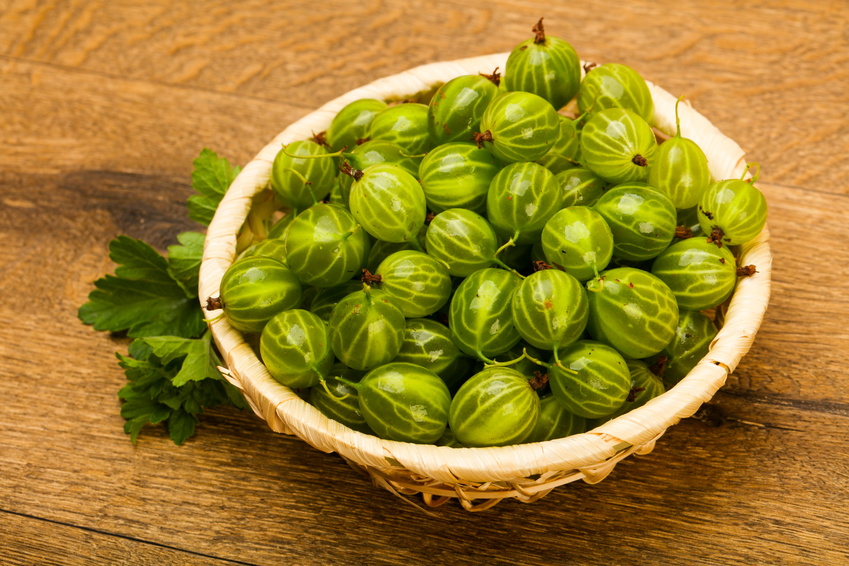
Vitamin C is a powerful antihistamine and antioxidant vitamin that’s great for histamine intolerance. It’s so important that when Vitamin C levels decrease, histamine levels increase alarmingly quickly. However, source matters. Here’s what to look for when shopping for Vitamin C.
VITAMIN C FOR HISTAMINE INTOLERANCE
Vitamin C is vital to the production of the histamine degrading diamine oxidase (DAO) enzyme. Without adequate amounts of Vitamin C, DAO is impaired and histamine levels rise.
Vitamin C is an excellent antihistamine mentioned in a number of mast cell studies, in addition to being a powerful antioxidant and anti-inflammatory with applications far beyond just histamine. Remember how we keep talking about how boring life is if you’re always trying to keep your histamine bucket empty by not eating (or having any kind of fun?) well things like Vitamin C could help empty out inflammation bucket.
NON-CORN BASED
Vitamin C in the form of ascorbic acid is often derived from corn. Corn is a common allergen and as such, may be problematic if you suffer from a mast cell disorder or histamine intolerance. In addition, corn and other grains tend to harbour mold — a potent mast cell and histamine trigger. Some Vitamin C is actually made from fermented corn (gross!).
NATURAL SOURCES OF C
Camu Camu (Myrciaria dubia) is a berry with amazing anti-inflammatory and antioxidant properties. You can buy Camu camu powder which makes it easy to add to your daily smoothie. At least one mast cell specialist that I know of has been recommending camu camu to patients for their Vitamin C supplementation.
While acerola cherry is another great natural source of Vitamin C, please be careful. A case published in the Journal of Allergy and Clinical Immunology reported an anaphylactic reaction to acerola due to a cross-reactivity to latex. The man who had the reaction had a latex allergy which was triggered by the acerola added to apple juice.
Amla berries (Phyllanthus emblica) are another rich source of Vitamin C. The amla berry (or Indian gooseberry) is one of the three fruits in the powerfully antihistaminic Ayurvedic preparation, Triphala. This compound has also shown promise in preventing carrageenan-induced inflammation, stabilising mast cells (thereby preventing the release of histamine and other inflammatory agents), and stopping histamine and mast cell-induced asthma attacks (read more about histamine, mast cells, and asthma here).
A little-known Vitamin C-rich superfood, at least here in the USA, is the kakadu plum (Terminalia ferdinandiana), otherwise known as gubinge, out of Australia. It’s so concentrated with Vitamin C that just 15 grams will provide 2 grams of Vitamin C. The amount of Vitamin C per gram of fruit is more than 900 times higher than blueberries. It has also been shown to be an extremely good source of antioxidants, including anthocyanins. You can purchase it in powder form and add it to a smoothie to really boost your Vitamin C intake.
One caveat: kakadu plum may contain high levels of oxalic acid/oxalates, which could be problematic for some people.
 WHAT TO LOOK FOR IN A SUPPLEMENT
WHAT TO LOOK FOR IN A SUPPLEMENT
When selecting a histamine-safe Vitamin C you want to make sure it is not made by any type of fermentation. Ascorbyl palmitate is a good thing to look for on the label. In this form, the Vitamin C isn’t made from corn or dextrose fermentation of any kind.
Look for liposomal Vitamin C. Taking Vitamin C orally is typically less effective than taking it through an IV, partly because Vitamin C doesn’t easily enter into blood circulation and so doesn’t have the desired effect. However, when in the form of a liposome (surrounded by phospholipids), Vitamin C was shown to be better absorbed than Vitamin C that was not in liposomal form.
HOW TO TAKE VITAMIN C SUPPLEMENTS
Studies on using Vitamin C use for mast cell activation and inflammation, have found one to three grams of Vitamin C to be ideal for most people.
Please note however that Vitamin C in large doses has been found to cause mast cell-mediated stomach issues like loose stools, so it’s important not to use too high a dose.
Because Vitamin C is flushed out of the body quite quickly, it’s a good idea to take it in divided doses –a few times a day– when using it. Please consult your doctor for the optimal dose and frequency for you.
VITAMIN C RICH LOW- AND ANTIHISTAMINE FOODS
While the typical go-to foods for Vitamin C, like oranges and other citrus foods, are off the menu for those with histamine intolerance, there are plenty of other Vitamin C rich whole foods to include in your diet. These include:
- Basil
- Bell peppers (nightshade family)
—— REFERENCES ——-
Anogeianaki, A., Castellani, M. L., Tripodi, D., Toniato, E., De, M. A., Conti, F., … Shaik-Dasthagirisaheb, Y. B. (n.d.). Vitamins and mast cells. Retrieved February 03, 2018, from https://www.ncbi.nlm.nih.gov/pubmed/21244748
Davis, J. L., Paris, H. L., Beals, J. W., Binns, S. E., Giordano, G. R., Scalzo, R. L., … Bell, C. (2016). Liposomal-encapsulated Ascorbic Acid: Influence on Vitamin C Bioavailability and Capacity to Protect Against Ischemia–Reperfusion Injury. Nutrition and Metabolic Insights, 9, 25–30. http://doi.org/10.4137/NMI.S39764
Jarish, R. et al. (2014). Impact of oral vitamin C on histamine levels and seasickness. Journal of Vestibular Research, 24(4), 281-288. Retrieved from: https://www.ncbi.nlm.nih.gov/pubmed/25095772
Mohanty, S., & Cock, I. E. (2012). The chemotherapeutic potential of Terminalia ferdinandiana: Phytochemistry and bioactivity. Pharmacognosy Reviews, 6(11), 29–36. http://doi.org/10.4103/0973-7847.95855
Raulf-Heimsoth, M. et al. (2002). Anaphylactic reaction to apple juice containing acerola: Cross-reactivity to latex due to prohevein
Journal of Allergy and Clinical Immunology, 109(4), 715-716
Retrieved from: http://www.jacionline.org/article/S0091-6749(02)70195-4/fulltext
Sireeratawong, S., Jaijoy, K., & Soonthornchareonnon, N. (2013). Evaluation of Anti-Inflammatory and Antinociceptive Activity of Triphala Recipe. African Journal of Traditional, Complementary, and Alternative Medicines, 10(2), 246–250. Retrieved from: https://www.ncbi.nlm.nih.gov/pmc/articles/PMC3746571/













